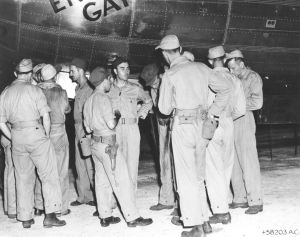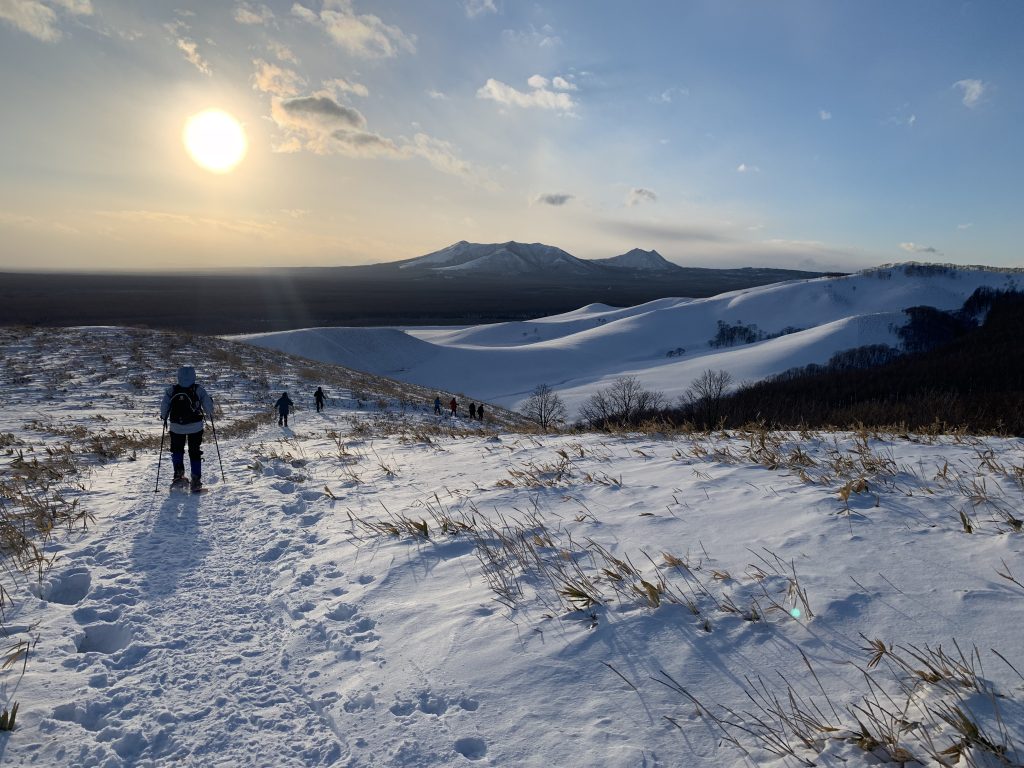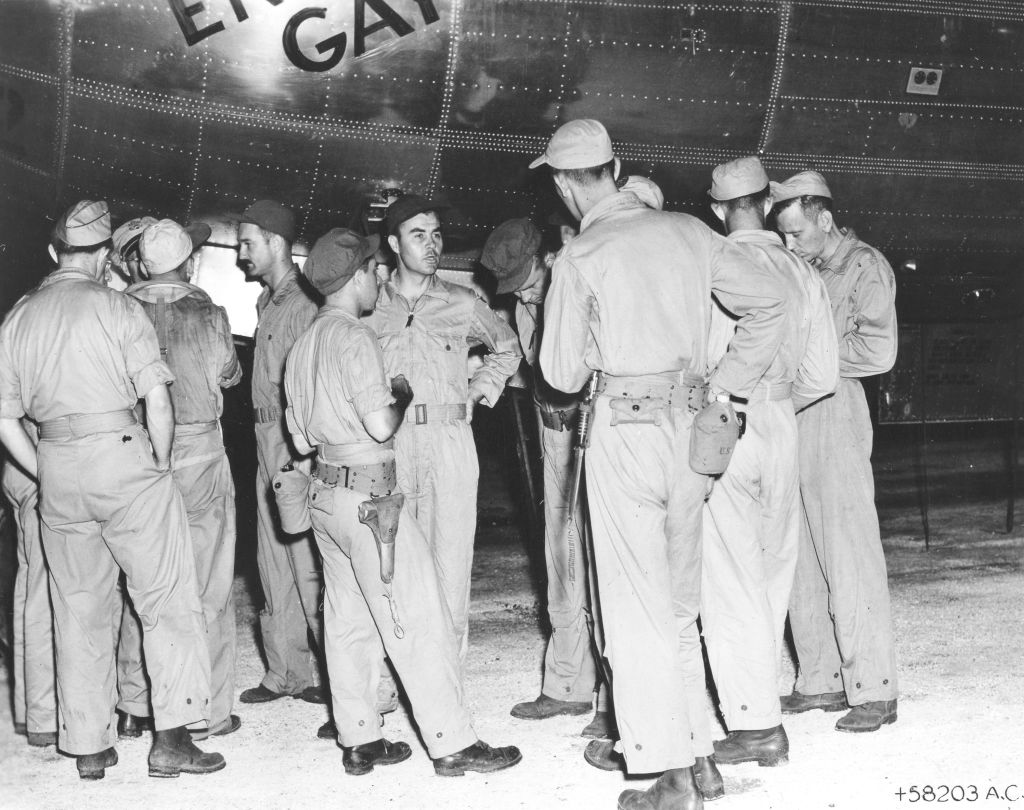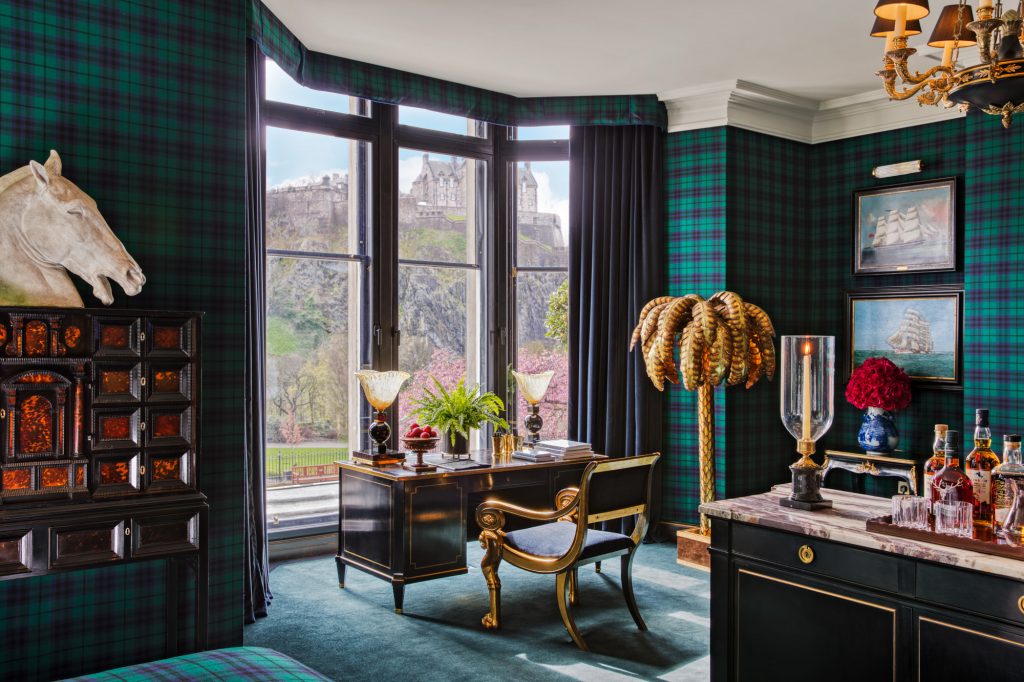With my Customs Declaration Form in hand and Japanese customs handbook in my pocket, I touched down in Tokyo for the first time, from Mumbai. I was wearing flip flops in February, but feeling as ready as I ever would.
“Don’t point your chopsticks.”
“Never raise your voice.”
“No talking on public transport.”
“Try to arrive early.”
“Take your garbage home with you.”
“Meetings should not be canceled.”
“Make sure you slurp your noodles.”
“Jaywalking is punishable with up to three months in prison.”
There was a lot to remember. I was determined not to follow the trodden path, to find spots nobody else had. Then I got off the train in central Tokyo. Bright lights, a hundred noises, several languages and loud adverts struck my senses — and that was just the station. Traveling alone, and the definition of culture shocked, I was a “gaijin” (a foreigner) with no clue. The vast, sensational city that is Tokyo demands a lot of anyone exploring for the first time. I found solace in the predictability of tourist traps, saving energy for umbrella wielding, butchering the Japanese language and getting lost.
Mass tourism is a relatively new concept in Japan; what I now know to be a complex, magnificent country, at once fast and slow-moving — one absolutely dedicated to maintaining its totally unique culture and traditions. Friends who’d visited parroted the same response to my requests for restaurant recommendations: there was no point sharing any, so quickly do businesses open and close. Any experience you’re lucky to have feels somehow transient, destined to disappear. During my six-week trip it was announced that Kyoto would ban tourists from parts of the Geisha district following bouts of bad behavior. One morning in Ginza, Tokyo, I awoke to the sound of my phone bleating, “Earthquake! Earthquake!”, my bed shaking side to side.
Nothing feels permanent — which could be why Japan’s inhabitants are so practiced at savoring the good stuff: long-held tradition, pristine nature, stunning design and out-of-this-world local produce. I was struck by the country’s strictness, sure — extreme politeness and rule-following permeate every interaction — but at the same time, there’s a reverence for beauty and an irreverent sense of fun. Along with a suitcase full of matcha-covered strawberries, I returned from Tokyo with some recommendations of my own. They’re touristy, for a reason — so with any luck, they’ll still be going when you get there.
1. Muscle Girls bar, Ikebukuro
A gym-cum-bar where you turn up to get drunk and voluntarily bullied by extremely muscular women. I know, it doesn’t sound like the best night out you’ll have in Tokyo, but this bizarrely wholesome and infinitely entertaining experience is something you’ll never forget — nothing like Tokyo’s infamous “maid bars” where customers pay women to make them feel good. Here, they pay to have them slap them in the face, actually. Or beat them in a bench press competition. When the lights go down, it’s “squeeze time,” huge bowls of grapefruits juiced by hand as a crowd of all ages cheers. Women around five feet tall bench press 220-pound men, as “muscle dollars” rain down from the sky. It’s chaos. It’s brilliant. It’s Japan.
More info: Muscle Girls Bar
2. Teamlabs Borderless, Rappongi
In Japan for six weeks spanning the start of spring, I was sure I’d see the cherry blossoms. As the weeks went by and the sakura forecast moved back (and back), I turned to indoor entertainment. TeamLab Borderless is an interactive digital art museum way ahead of its time, intent on creating an ultra subjective experience. Artworks projected onto vast walls move between cavernous rooms as if autonomous, and that’s because they are — until they’re touched by a passerby, and their trajectory blooms, fades or moves direction. Like most things in Tokyo, it’s like nothing you’ve seen before. Unlike most things in Tokyo, it’s permanent, so get booking.
More info: Teamlab.art
3. Le Pristine Café, Rappongi
After hours of walking around TeamLab Borderless, I rested my legs at the beautiful Le Pristine Café, set within chi-chi Hotel Toranomon Hills nearby. Known as a total oasis within busy Rappongi, I went in planning a (short) break from Japanese food, eyeing up pastas and pizzettes — but when there’s a posh katsu sando on the menu, you have to order it.
A fried chicken sandwich with miso, tomato, red onion, curry-and-honey mayonnaise were served on impossibly soft milk bread, followed by great coffee and Fior di Latte vanilla soft serve, my Italian fix. If you do need a break from local sake, I can vouch for the “Le Pristine Spritz,” muddling Martini bitters, grapefruit and dry Curaçao. Two or three should steel you for the area’s famous nightlife. Try four at your peril: this area goes big on karaoke.
More info: Lepristine.com/cafe
4. Tsukiji outer market, Tsukiji
As disorderly as Le Pristine Café is calm, Tsukiji Outer market is a must-visit, but one that demands patience. Getting there early is essential (a 6 a.m. sushi breakfast? only in Tokyo), unless you want to sniff one-hundred armpits as you shuffle through extremely narrow lanes between seafood and meat skewer stalls, cursing. There are pockets of serenity — I like Peppers café, where a specialist who studied spices in Sri Lanka for eight years sells fresh pepper, spices and great coffee beans paired with liquors.
A personal highlight was tracking down an Instagram-famous purveyor of Ebi-senbei (shrimp crackers), his wafer-thin snacks the size of garbage can lids, with a whole crustacean pressed and cooked inside. After waiting in line for forty minutes, I was handed my prize, only for the entire thing to be blown away by a huge gust of wind before I could take a bite. That thing flew like a kite. People laughed. It’s funny now, but next time, I’ll set an alarm.
5. Golden Gai, Shinjuku
If you fall into one tourist trap in Tokyo (accept it, you’ll fall into many), make it the labyrinthine alleyways of Shinjuku’s Golden Gai. You can choose your own adventure at whichever sake shop or meat skewer spots calls your name (which is all of them). On any given night you might find throngs of tourists, or hardly any, picking their way through the steamy streets and making friends sitting shoulder to shoulder during dinner.
Every day is different in this neon-lit warren of drinking dens: a masked barman offering an absinthe shot with a cat puppet could draw you in, or perhaps it’ll be a rickety stairway leading up to a three seater, sake-soaked punk show. For a similar experience, hunt down Nonbei Yokocho (Drunkard’s Alley) in Shibuya or Ebisu Yokocho. Whichever you choose, you’re guaranteed some good stories. Go with an open mind and plenty of cash.
Where to stay: Shiba Park hotel, Minato City
Tokyo Tower practically serves as a “you are here” sticker for jaded tourists, conveniently just steps from Shiba Park hotel. I chose this “library hotel” for its huge collection of books focused on everything from the climate to Japanese culture and the history of Tokyo, plus its excellent restaurant. Exhausted from exploring tourist traps, The Dining’s delightful mix of local, Western and Chinese dishes let me feel like I was still conquering this incredible city — and several other continents — without leaving the hotel at all.
More info: Shibaparkhotel.com


























Leave a Reply